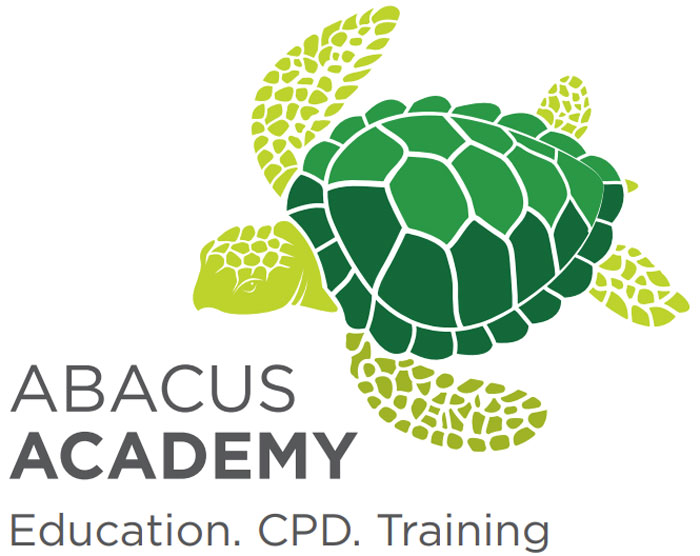Posture
Principles of posture management
Simply put, posture is the position of the body or arrangement of the body parts relative to one another and to the environment (Stanos et all, 2009)1.
Posture management uses techniques to enhance function and prevent postural abnormalities and should be performed over 24 hours.
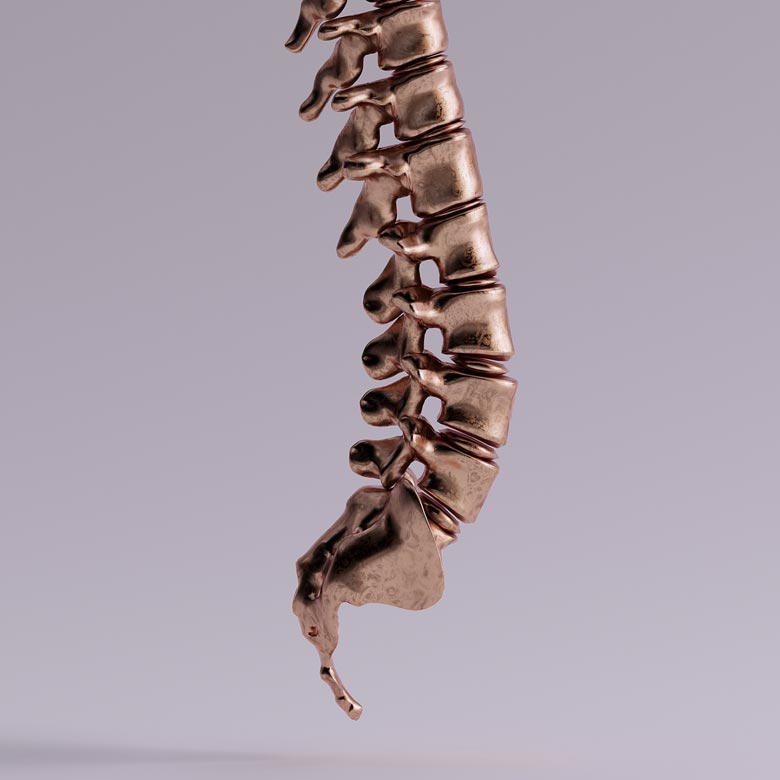
In the United Kingdom the average adult spends about 9 1/2 hours a day sitting down. Similarly, the average amount of time spent in bed is around 8 hours. It therefore stands that most information around posture relates to seating and lying down. There is a plethora of information regarding proper posture when seated at a desk and working on display screen equipment and there are numerous studies undertaken on seating and posture.
When looking at the definition of posture it is clear that the principles extend throughout the day and night regardless of the activity that is taking place.
It is important to ensure that any posture maintained for even a short amount of time does not harm any of the body systems. For example, posture should not negatively impact on respiration (breathing), circulation (movement of fluids around the body), or necessitate excessive energy use.
Poor posture affecting breathing (via the inability to inflate and deflate the lungs sufficiently) can lead to problems in getting oxygen to parts of the body, which over time, can lead to damage to organs and in severe cases hypoxia to the brain. This can then lead to episodes of confusion and consequently impacts on wellbeing. Poor circulation can lead to damage to tissues, either by pressure (the weight of the body pressing down on the skin), sheer (layers of skin sliding over each other), or friction (rubbing of the skin).
The effect of gravity means that the body is constantly using energy to maintain an upright position. Poor posture causes the muscles to require more energy and can increase a person’s fatigue and also increase pain levels.
Posture has an effect on the health and wellbeing of an individual and also impacts on their ability to engage in tasks and occupation (the things they want to do, need to do or are expected to do). Facilitating a posture that does not negatively affect the body systems is essential, however we must also ensure that it allows a person to engage in their chosen activities. Humans are social beings and most often have a role in a social group, whether that be with a partner, carer, as a family or in a setting with peers. It is therefore essential that posture allows a person to engage with other people – communicating and connecting whether that be through conversation, play or as part of a shared purpose.
Examples of this could be:
- During mealtimes: is the person able to sit at the table as part of a family group?
- During school: can a child or young person be positioned in a way that facilitates them to be fully engaged in the learning process alongside their classmates?
- Have recommendations and equipment provided for bathing, allowed a child to take advantage of the sensory feedback from water and engage
in play?
1. Stanos S, Mogilevsky M, Rader L, McLean J, Baum A. Physical medicine approaches to pain medicine. In: Smith HS, editor. Current therapy in pain. Philadelphia: Elsevier; 2009.
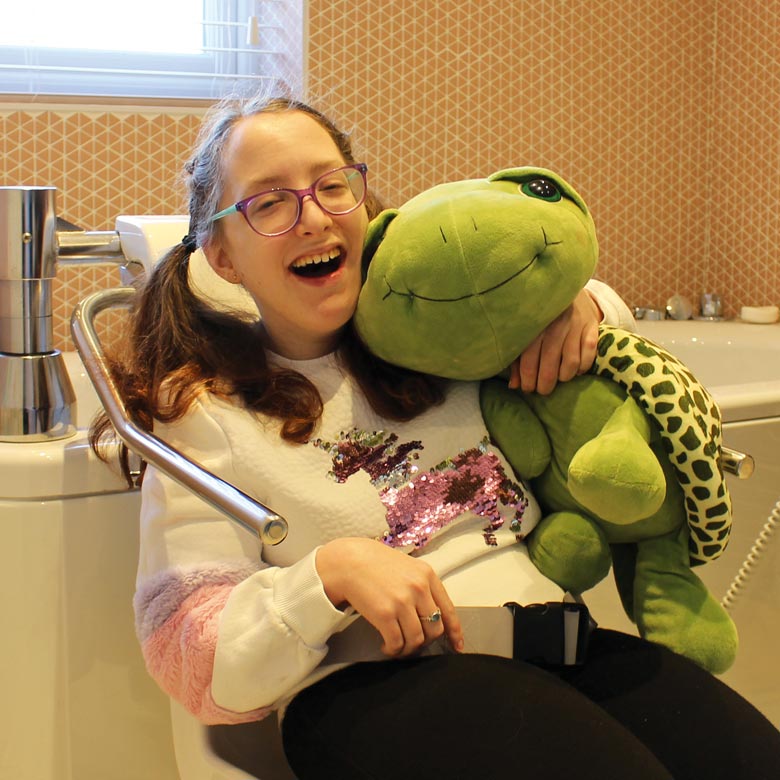
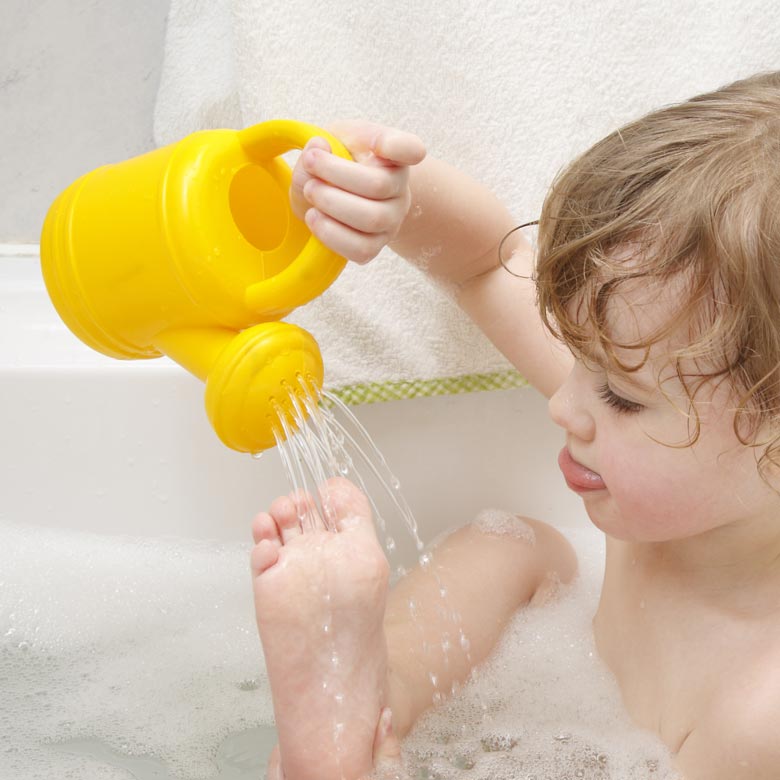
Posture and bathing
When considering posture in relation to bathing, it is often considered that a level access shower and wheeled shower chair is necessary in order to facilitate a person to be washed. Indeed, there are multiple ways in which showering can be undertaken with posture support in a chair, for example, tilt-in-space chairs with head support, lateral supports, lap straps and pommels.
But consider for a moment, that washing is not the only reason why we choose to bathe.
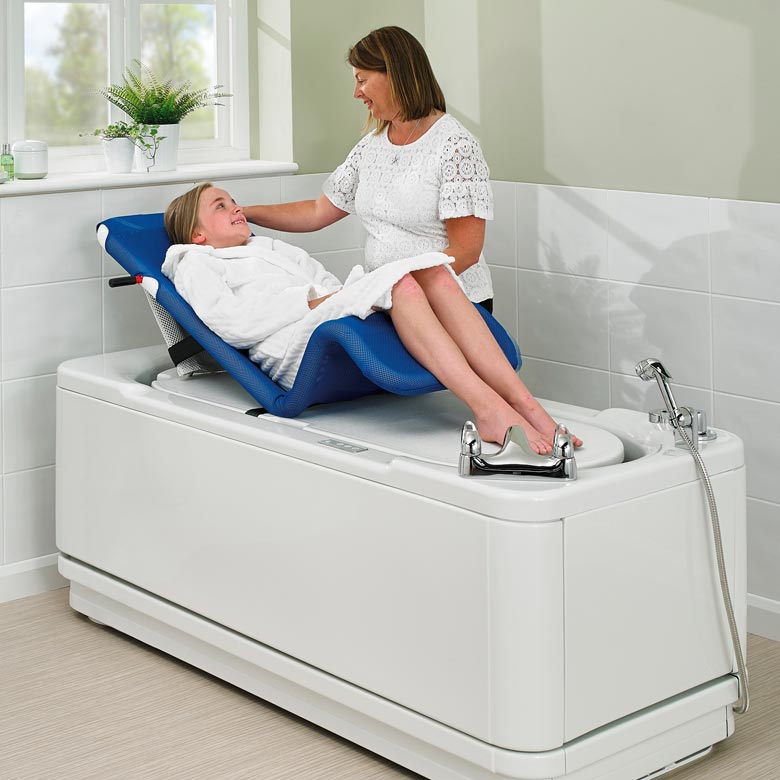
That there are multiple reasons for wanting and needing to access a bath. These can range from pain relief/management of contractures, relaxation, play, sensory stimulation and social interaction. The correct support during bathing can induce relaxation which can aid sleep when used as part of a bedtime routine. Bathing can also facilitate skincare treatment for those conditions that are relieved through bathing.
If a person’s ability to participate in daily occupation is to be optimised and bathing has more benefits than just washing, how can posture be supported in the bath?
Assessment of the individual is key. A full understanding of their diagnosis and presentation is essential in undertaking postural management. The three systems of the body that affect posture are:
- The nervous system (including the brain) – examples of diagnoses affecting posture: acquired brain injury, cerebral vascular accident (stroke), cerebral palsy, spinal injury.
- Skeletal system – examples of diagnoses affecting posture: osteoporosis, Gorham’s disease (disappearing bone disease), kyphosis, osteogenesis imperfecta (brittle bones).
- Muscular system – neuromuscular diagnoses affecting posture: motor neurone disease, multiple sclerosis, supra nuclear palsy.
Other things to consider:
- Behavioural issues, (can they be unpredictable, challenging, fearful), how can these be managed?
- Sensory needs or impairments (how do they react to water, noise, lighting?).
- Seizures – type, frequency, how well are they managed? (Seizures do not exclude the use of a bath). Specialist baths with a platform can allow a person to be lifted out of the water.
Bath lifts may not have the flexibility to support complex postural needs and may not allow the full benefits of a bath to be afforded (unable to fully submerge or lie down or allow eye contact and therefore effective communication between user and carer).
Flotation devices are available which usually fit around the user’s head and shoulders to keep their face above the water line. This allows the user to essentially float in the water and negate the effects of gravity. This can create a calming environment for the user as the feeling of weightlessness is experienced when floating.
Other bath supports can be used, such as a bath seat that moulds to a user’s body as air is pumped out of the chair. Air can be added and removed to suit.
Some bath supports have a fabric seat cover and the back rest can be reclined to suit the user’s comfort. Pommels, head supports and lateral supports can be added as necessary and this position can be helpful when accommodating a tracheostomy.
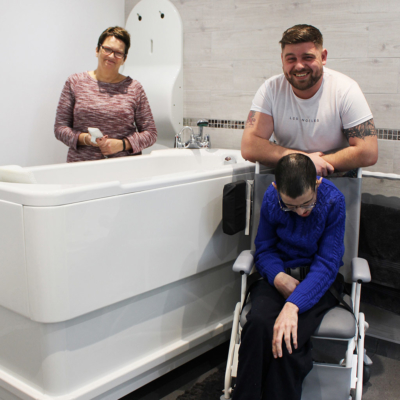
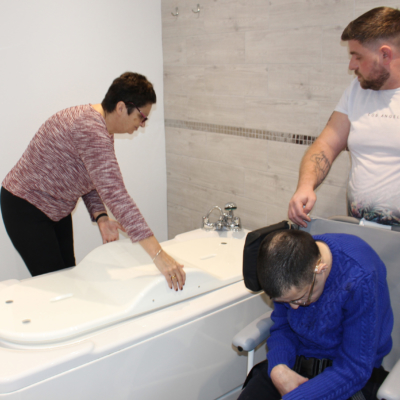
Supporting carer posture
When assessing and making recommendations around bathing, it is essential to consider the safety and posture of a carer. Backcare.org (2016) states that 70% of unpaid carers already suffer from back pain – the world’s leading cause of human disability.
Carers should be fully aware of the basics of good posture when bathing a person either in a bath or shower. The task of showering or bathing a person who is unable to fully participate in the activity, may mean the carer has to adopt sustained, dynamic postures.
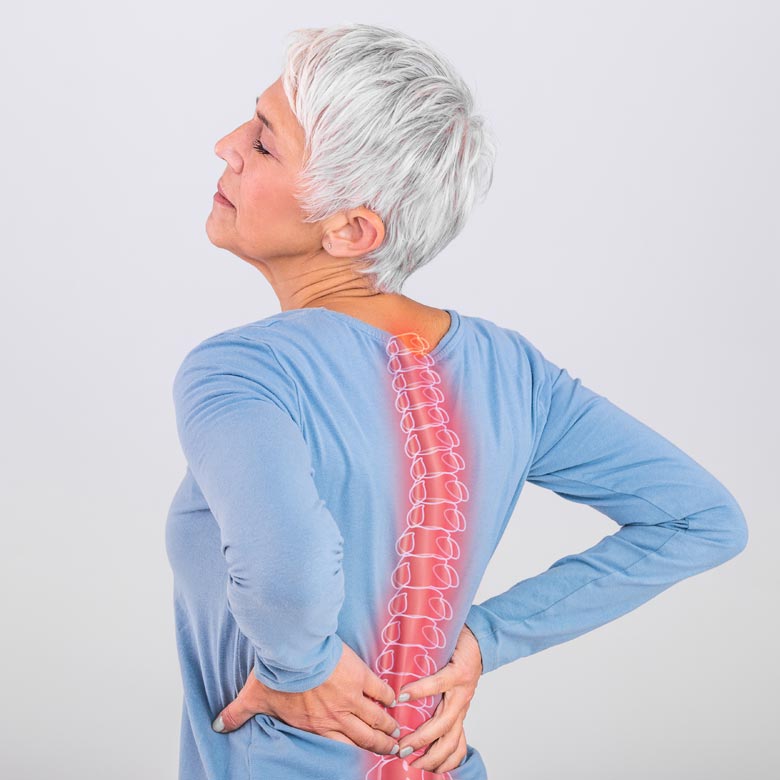
The CSP (2016) suggests bending, twisting and heavy physical work should be minimised and a balanced approach should be implemented whereby carers consider the needs of the patient and the goal of care, but where they do not overlook themselves in the process.
The aim of proper posture is to reduce the physical stresses and strains on the lumbar spine but also the entire musculoskeletal system (HSE 2013). For tasks that involve handling patients, these principles can be adapted to include the following:
- keeping a walk-step stance (i.e. as if taking a step: legs apart, knees flexed, etc.)
- transferring bodyweight using the strong leg muscles
- avoiding over reaching by getting the person to move closer, or only handling the side of the person closest to you
- raising the bed height or sinking down at the hips and knees (Smith, 2013).
Take for example, the process of showering a person in a tilt in space shower chair. The turning circle of the chair is large and the carer may be required to move the chair during the showering process to ensure that water can rinse the entire body. This may mean that space in a bathroom is at a premium. Showering the lower half may involve bending and twisting movements when directing the shower head at the intimate parts of the body and lower limbs.
Shower screens are useful for keeping water within a shower tray or a dedicated showering area in the bathroom however, consider that a carer may have to over reach out of their centre of gravity and adopt a posture that may put strain in the lumbar spine. Removing a shower screen or curtain could cause the carer to become wet and to avoid this, they may in turn adopt unfavourable postures by flexing from the waist to keep their feet dry.
Anecdotally, parents will sometimes enter the shower with their child, as showering them and trying to remain dry and avoid over reaching is impossible. This then has implications for privacy and dignity of the parents and may not be appropriate in the long term for the child.
Devices that are height adjustable are advantageous for carers as the person can be raised and lowered to an optimal height for the carer, therefore reducing the risk of carer injury.
Backcare.org.uk (2016) retrieved from: www.backcare.org.uk/news/caring-carers-backcare-awareness-week/ accessed on 15.09.2020
CSP (Chartered Society of Physiotherapy) (2016) Back Pain Myth Busters. Available at: www.csp.org.uk/public-patient/back-pain-myth-busters
HSE (Health and Safety Executive) (2013) Ergonomics and Human Factors at Work: A Brief Guide. Available at:
www.hse.gov.uk/pubns/indg90.pdf
Smith, J. (2011) Guide to the Handling of People: A Systems Approach, 6th edn. Teddington, UK: Backcare.
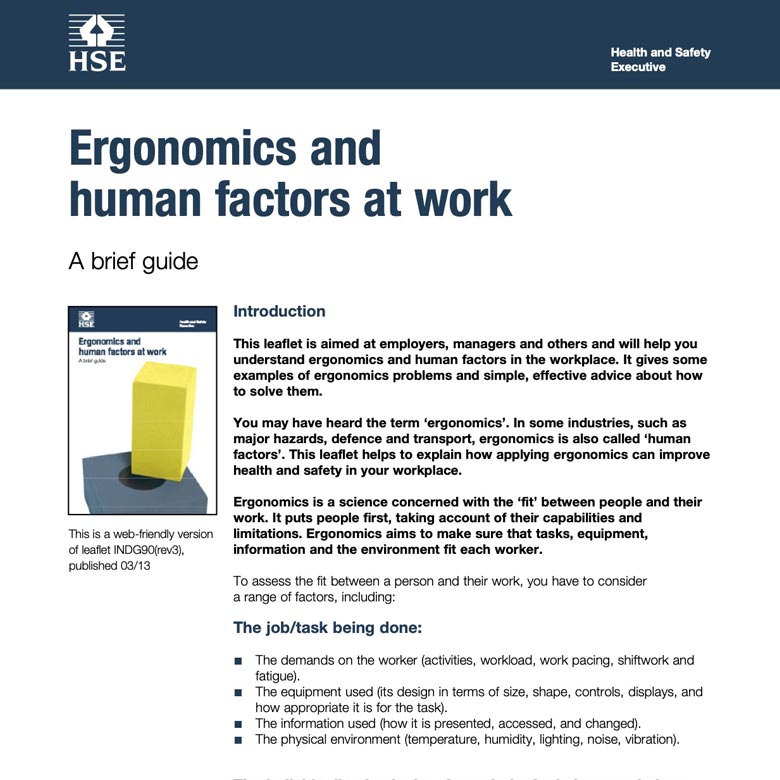
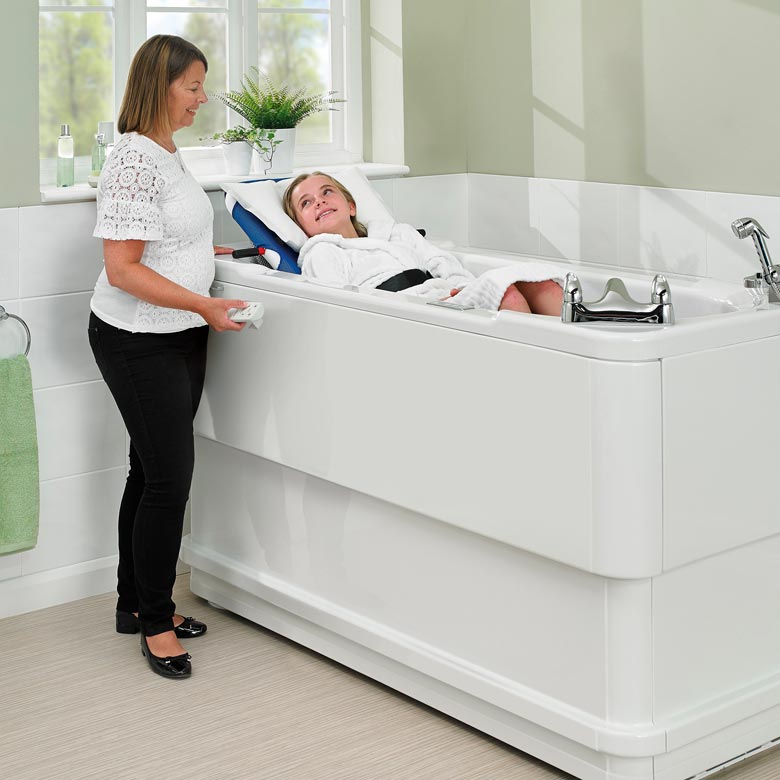
For a pdf of this information and a CPD certificate click here.
For bespoke CPD education or any queries,
call the Abacus Academy on:
01527 400024
